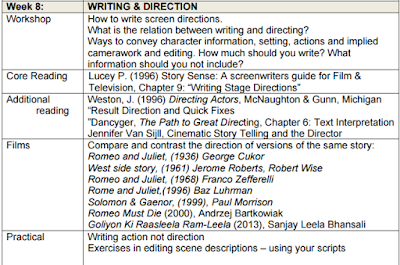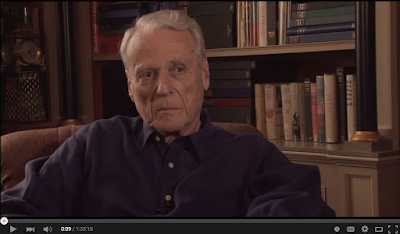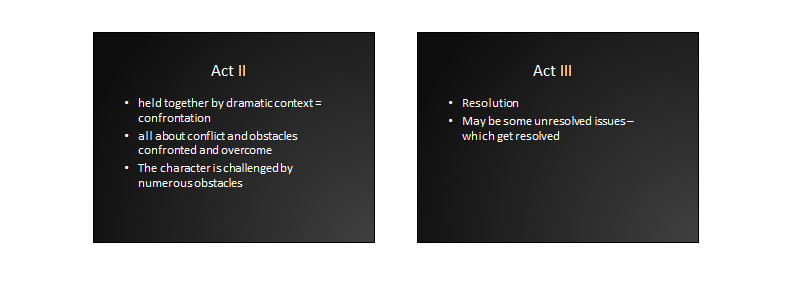All of the very obvious writing mistakes I have made and trials I faced while doing so have, in the end, taught me valuable lessons which I can take with me into my future work.
The traditional Celtic folk tale of the selkie is a story of feminine awakening and autonomy. It has taken place in the past across many countries, sometimes tragically and sometimes with happy resolutions. However, the tragic version is probably, sadly, the most widely known, thanks in part to its many cross-media adaptations. The tale is similar in plot to the many Swan Maiden tales that are found worldwide and have versions in many cultures.
The title refers to the central protagonist, a selkie who we originally meet in her human form as she is stuck working as a serving girl in a wealthy home. I primarily used the Franny Billingsley tale 'The Folk Keeper' as inspiration, but also looked to popular adaptations such as Ondine and The Song of the Sea. I decided that I preferred to adapt an existing legend or myth and imbue it with my own meanings rather than to create a story and characters completely from scratch. Folklore provides the perfect pool of stories from which to fish, many of which are prime for adaptation and remediation. Folk tales have always been accessible – originally coming from peasant classes and making their way in popularity through the ranks of society. They are public territory, with no single authorial voice. Even their method of communication, be it oral, literary or filmic, can add to their accessibility. From the very start, I knew that I wanted to set my tale in my home country of Ireland, so I looked to popular Celtic folktales.
The title refers to the central protagonist, a selkie who we originally meet in her human form as she is stuck working as a serving girl in a wealthy home. I primarily used the Franny Billingsley tale 'The Folk Keeper' as inspiration, but also looked to popular adaptations such as Ondine and The Song of the Sea. I decided that I preferred to adapt an existing legend or myth and imbue it with my own meanings rather than to create a story and characters completely from scratch. Folklore provides the perfect pool of stories from which to fish, many of which are prime for adaptation and remediation. Folk tales have always been accessible – originally coming from peasant classes and making their way in popularity through the ranks of society. They are public territory, with no single authorial voice. Even their method of communication, be it oral, literary or filmic, can add to their accessibility. From the very start, I knew that I wanted to set my tale in my home country of Ireland, so I looked to popular Celtic folktales.
I found that re-reading stories and watching films about selkies helped me with pacing and kept me inspired throughout my project. The brief for this project required the short to be 10 pages, or 10 minutes in length. A major challenge for me was trying to fit all of the scenes and actions I desired into this timeframe, while also not including anything unnecessary to the story which would make the pacing drag. It took a great many revisions of my story, both by myself and with the input of friends, before I decided upon a suitable script.
I wanted to keep the potential film as accessible as possible by using very little dialogue, so it could be easily understood by people from all walks of life. I also wanted to create a reflective mood with long sequences of atmospheric shots. I featured the protagonist carrying out every day tasks in a pensive manner to evoke a particular feeling.
As a woman establishing my independence and autonomy through the creation of a media text, I felt that this act in itself was a mirror for the tale itself of freedom and escape. I watched many subversive feminist texts with strong female characters or creators, to inform the representation I was hoping to utilize. I also watched many films and shows with wondrous elements, especially those that featured fantastical metamorphosing creatures or people, from selkie texts to the very well known Beauty and the beast, Skrek, Ex Machina, etc.











































